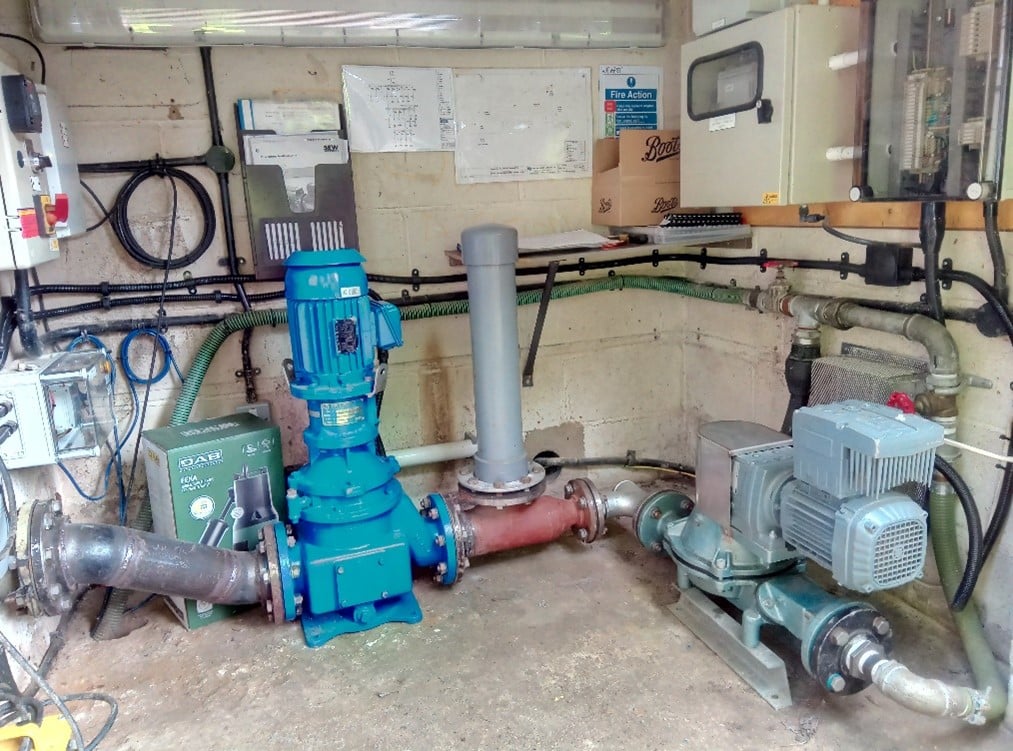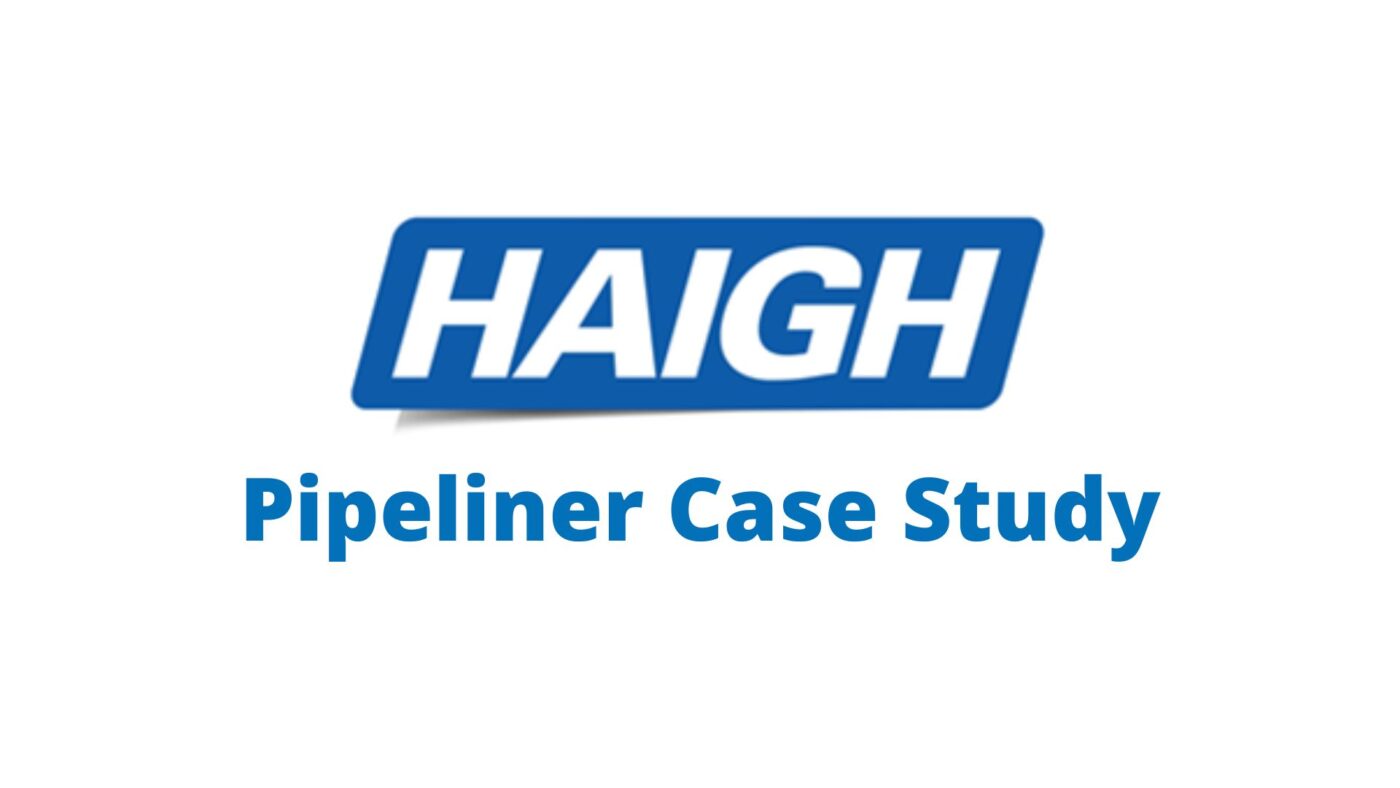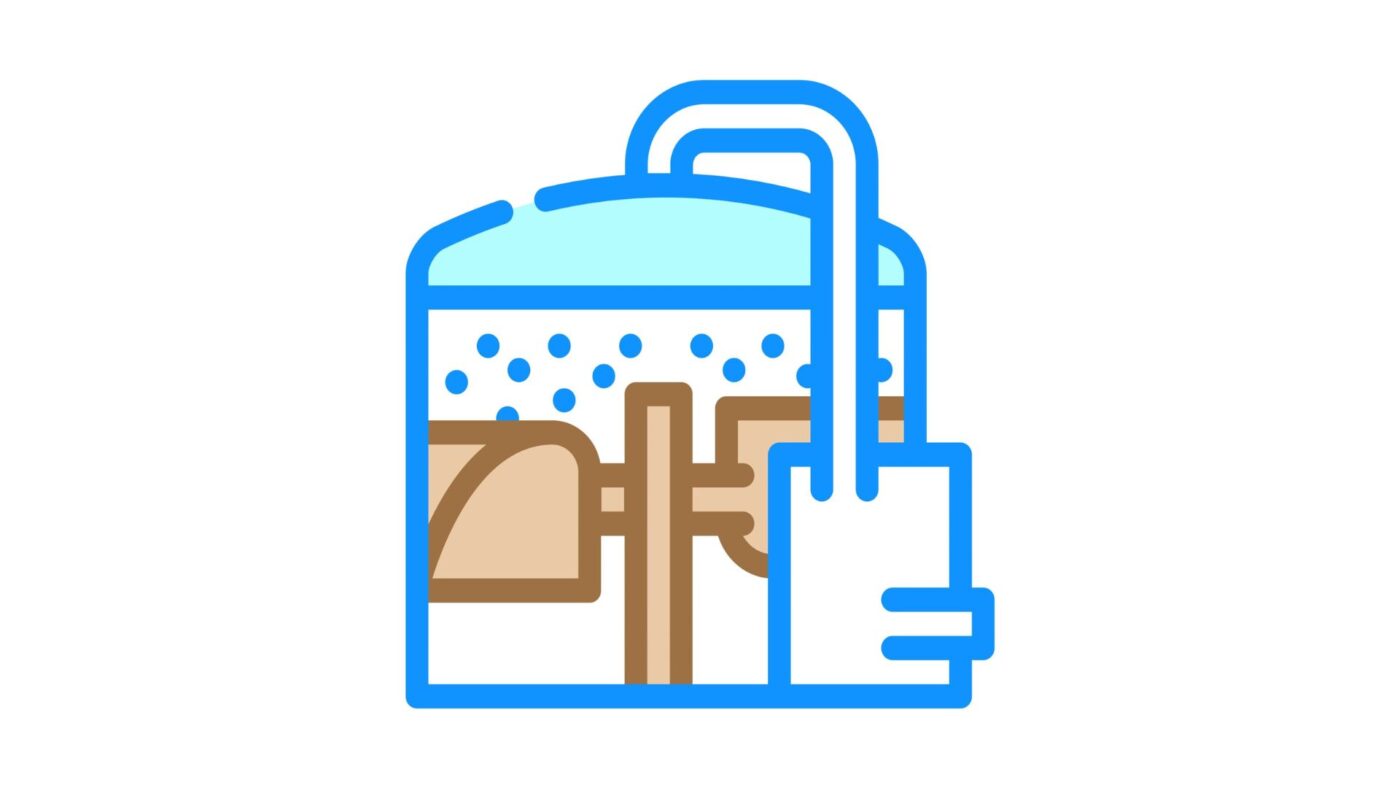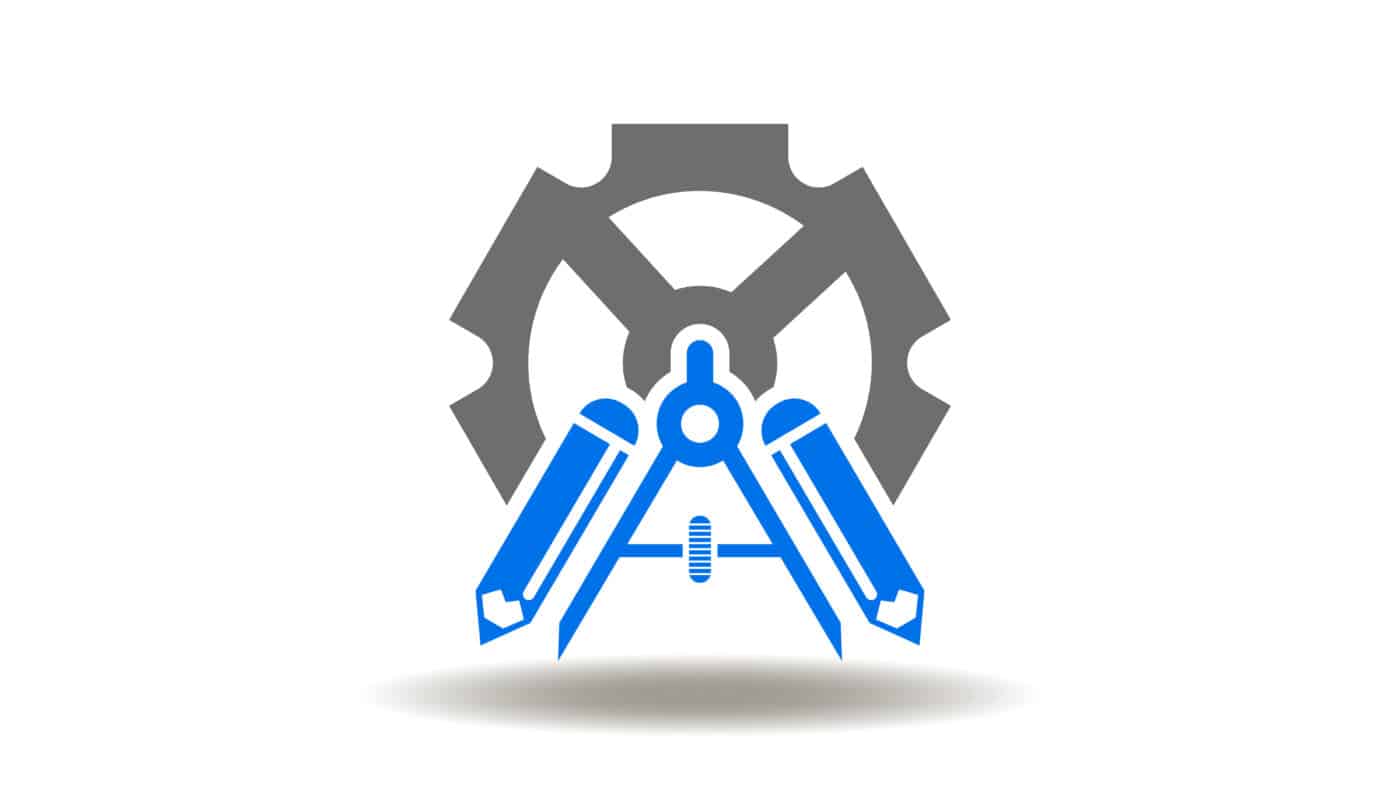There are vast amounts of variables in the Anaerobic Digestion process. Many variables can depend on site location and capacity, as well as the feedstock and its flow. However, it is essential to get the digester design correct for each individual site to operate correctly and be profitable.
More on Process Design
Anaerobic Digester Process Design
Temperature range
There are two main temperature ranges in AD. These are Mesophilic and Thermophilic. Dependent on the feedstock and what the process owner is actually trying to get out of the process will determine the temperature range the digester is operated at.
More on Digester Temperature
Desired Operating Range
If the process requires a higher temperature to break the feedstock down more efficiently and meet the requirements to enable the process to operate as it should, then this will be stated in the design process and worked around.
Digester Size & Design
The specification of a digester is done by assessing many different aspects of the process. One key consideration is the actual size of the land the process will be built upon. If the space isn’t physically big enough for the process that has been designed then it will not work. Another consideration is the amount of feedstock that is going to be processed by the digester and the retention time needed for the feedstock to be broken down properly.
Feedstock Types & Source
When designing the process and more specifically the digester, the feedstock type is a primary consideration. This is because it simply determines many other variables in the process. If the feedstock is a certain type and has characteristics when reacting in the digester then the levels of additives and other process optimisation techniques need to be determined based on the feedstock itself.
The source of feedstock relates to where it is coming from and how much of it is going to be in the digester. For example, if the feedstock is manure coming from cows off of a farm then we know exactly what the feedstock type is, which means we can get a good understanding of how it is going to act inside the digester. We also know roughly how much feedstock is going to be processed per day.
Feedstock Receiving Strategy & Feeding Plan
In addition to the actual feedstock being processed and where it is coming from we also have to take into consideration what we are going to do with that feedstock once we have obtained it. Is the feedstock going to be fed into the digester continuously for 24 hours of the day or will it be done in batches? We then have to determine if the feedstock coming in is going to be held in a storage vessel until it is ready for processing and ensuring the time between receiving the feedstock and actually processing it is monitored so we do not end up with a poor performing digester.
Pre or Post Pasteurisation
When the digester is being designed the pasteurisation aspect will need to be considered. Ensuring this stage is correct is essential. The digester or one of the digesters will need to be heated up to a certain temperature to kill off any pathogens in the feedstock. This is to ensure that the biological process is as stable as possible.









